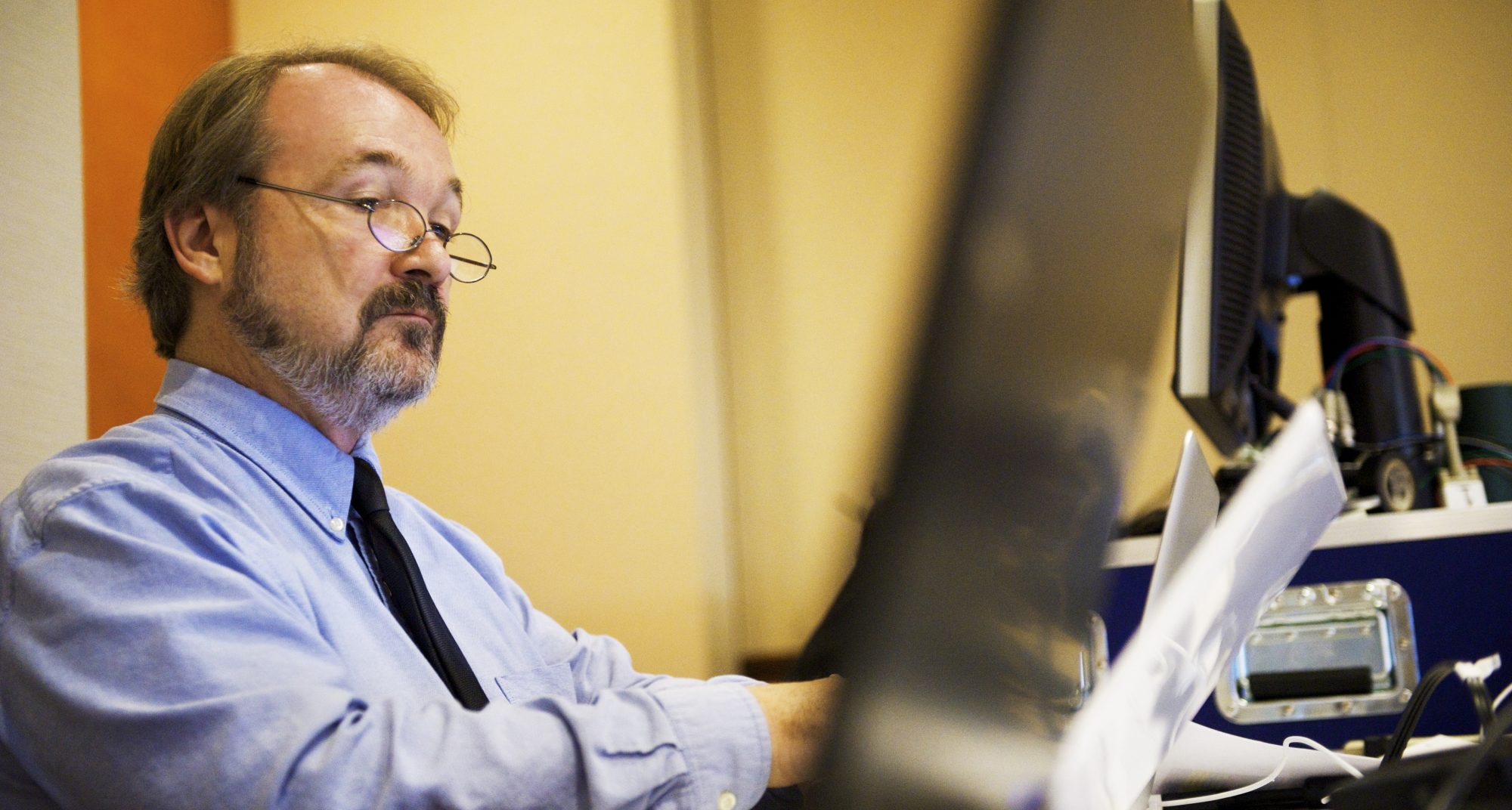Colleges contain rituals that are inexplicable when examined from outside. In the Midwest, we called one of those rituals wapatuli. Elsewhere, it’s known as jungle juice, hairy buffalo, or most literally, trashcan punch. Everyone at a party brings a bottle of some cheap liquor and dumps it all into a trash can, along with a gallon or two of sticky-sweet fruit juice. After five or six Solo cups’ worth every Friday and Saturday for a semester, it just seems normal.
Wapatuli-like ideas are all throughout higher education. At the urging of private colleges and adjunct teachers alike, California’s pending Assembly Bill 1466 would designate part-time college teachers as exempt employees, not subject to overtime laws. Nobody seems to be arguing that adjuncts should actually be paid better, just that they should be spared the inconvenience and degradation of punching the clock (and that their employers should be “exempt” from paying adequate wages).The whole thing is a trashcan punch. The way we think about adjuncts isn’t a conscious recipe, it’s just a bunch of bad labor ideas dumped into a bucket.
The point of adjuncts is to purchase teaching at reduced expense and reduced obligation. That’s bad idea #1, that “teaching” is a commodity crop, interchangeable across providers. If someone chooses not to do it for a terrible price, we can always find someone else who will. Quantity (measured in “content” or “units”) is paramount and quality irrelevant.
A second bad idea is to assume we know how long teaching takes, in general or in particular. Let’s say a college pays its adjuncts $3000 per three-credit course. Does that course have twelve students or thirty-five? Is it writing-focused with innumerable hours of review time, quiz-focused with a little homework grading, or a studio arts course in which an instructor could do one-on-one, in-class reviews with no homework whatsoever? The uniform registrar’s record of the credit does not translate to any knowable amount of instructional work.
Given the broad variation in out-of-class demands, the time card starts to look reasonable, allowing us to bill for all those late nights at the kitchen table… except that in most hourly-wage environments, workers are under direct supervision. That raises our third bad idea: that we don’t want to spend any time actually supervising adjuncts. That leaves no way to keep fraudulent people from padding their hours, nor to help well-meaning teachers become more efficient or more effective. (If we actually paid $15 an hour for teaching work in a writing-intensive course of thirty students, it would probably run seven or eight thousand dollars per course even for a relatively efficient instructor. So we’d have to put some kind of ceiling on compensation, taking us right back to bad idea #2.)
Bad idea #4 is that hourly wages are demeaning, an oddly class-deaf argument. I’ve had hourly jobs, as well as salaried jobs in which I kept a billable-hours program running on my laptop. None of those is inherently a less respectful way of getting paid, they’re just different kinds of labor agreements with different kinds of outcomes. If tracking my hours gets me a weekend, that’s a win. But salaries equal “professions” and wages equal “jobs,” and one is good, and one is bad. With adjuncts treated as badly as they are, three thousand dollars for a course just feels better than eight or nine dollars an hour, even if they’re factually equivalent, and a salary or a contract just feels better than a time card.
Salaries themselves are part of bad idea #5, that employment should have no limits. Salaries, and e-mail, and the endless expansion of workplace engagement, are an integral part of contemporary American culture. “On the clock” will soon be as meaningless an expression as “dial the phone” or “hit rewind,” because nobody will remember that there ever was a clock.
Finally, bad idea #6 transcends the others: that healthcare and old-age safety both rely on employment status. It’s no wonder that employment conditions are so fraught; the definition of a “position” includes the most basic conditions of survival.
So there’s six bad ideas stirred together, probably with a canoe paddle, in a thirty gallon plastic bin. And just as wapatuli cannot be made better by exchanging Stonecutter gin for the Captain Morgan, adjunctification cannot be made better by instituting one modification to a tub filled with other horrible ideas. A college that relies heavily on adjunct faculty is just as juvenile an experience as a frat party, getting wasted as cheaply as we can rather than considering the larger joys and wisdom of careful hospitality. Changing one ingredient or another is not going to fix the problem. We have to face the debasement of our faculty and students head on, and not pretend we can make decent drinks from this trashcan punch.





 I wrote this story in Fall 2006, and I thought it was done. But then, a couple of years ago, a chance conversation brought it back, and I wrote it again, modifying what I had and adding a whole new second half. It’s called “My Cupcake Pal”
I wrote this story in Fall 2006, and I thought it was done. But then, a couple of years ago, a chance conversation brought it back, and I wrote it again, modifying what I had and adding a whole new second half. It’s called “My Cupcake Pal”